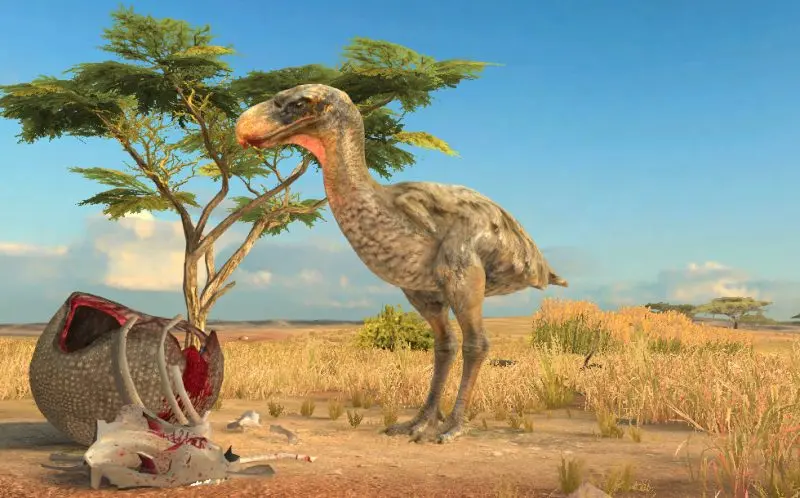The team led by Carolina Acosta Hospitaleche, a professor of vertebrate paleontology at the National University of La Plata in Argentina, has discovered fossils of an unknown giant bird in Antarctica. The find includes two 8-centimeter claws from this mysterious feathered creature, preserved in Eocene deposits of the La Meseta formation on Seymour Island. These fossilized claws are approximately 50 million years old. Reconstruction of the extinct bird suggests it stood two meters tall and weighed around 100 kilograms. Researchers speculate that it may have terrorized the fauna of Antarctica during a time when the continent enjoyed a warm climate.
“Large continental predators were absent from Antarctic communities back then. Among birds, we only knew of a daytime predator and small insectivorous marsupials. We had never found giant predators until now,” Carolina Acosta Hospitaleche explained.
Instead of the numerous fossils of small mammals commonly found on Seymour Island, the scientists uncovered two elongated fossilized claws. Initially, the team hypothesized that these belonged to a large bird known to scientists as the “terror bird.” This title is typically assigned to members of the extinct family Phorusrhacidae, which are considered agile and active predators. The claws discovered by the team could belong to this group. However, the age of the fossils and the absence of other skeletal parts meant that Carolina Acosta Hospitaleche and her colleague, Dr. Washington Jones, could not definitively categorize the find as belonging to these ancient birds.
Nonetheless, they believe that this formidable bird, likely a heavyweight class predator, may belong to a related group of feathered creatures. The scientists suggest that these fierce birds primarily preyed on small to medium-sized vertebrates, such as marsupials and ungulates (a group that includes modern pigs and deer). With their long claws and sharp, hooked beaks, these massive birds could easily dispatch their prey, as reported by IFLScience.
According to the researchers, these birds could have been super predators, occupying the top of the food chain, meaning no other animal or bird could hunt them. This discovery, they believe, “definitely changes our understanding of the dynamics of early Eocene Antarctic continental ecosystems.” The researchers hope that many more fossil finds lie ahead, revealing further details about these fierce predators and the environment they inhabited millions of years ago. Erosion may aid scientists in their search. “Due to significant erosion, Antarctic islands reveal new fossils each year. This gives us a unique opportunity to learn more about ancient Antarctic ecosystems,” the team leader noted.
The findings were published in the journal Palaeontologia Electronica.

